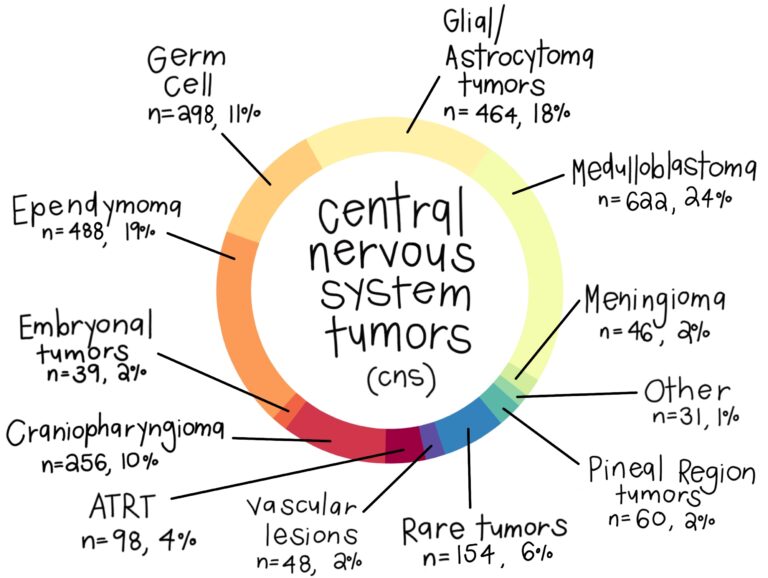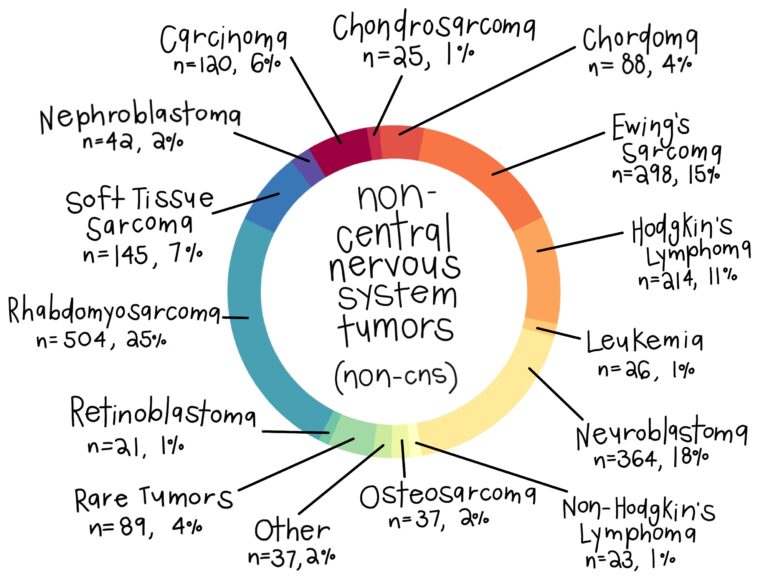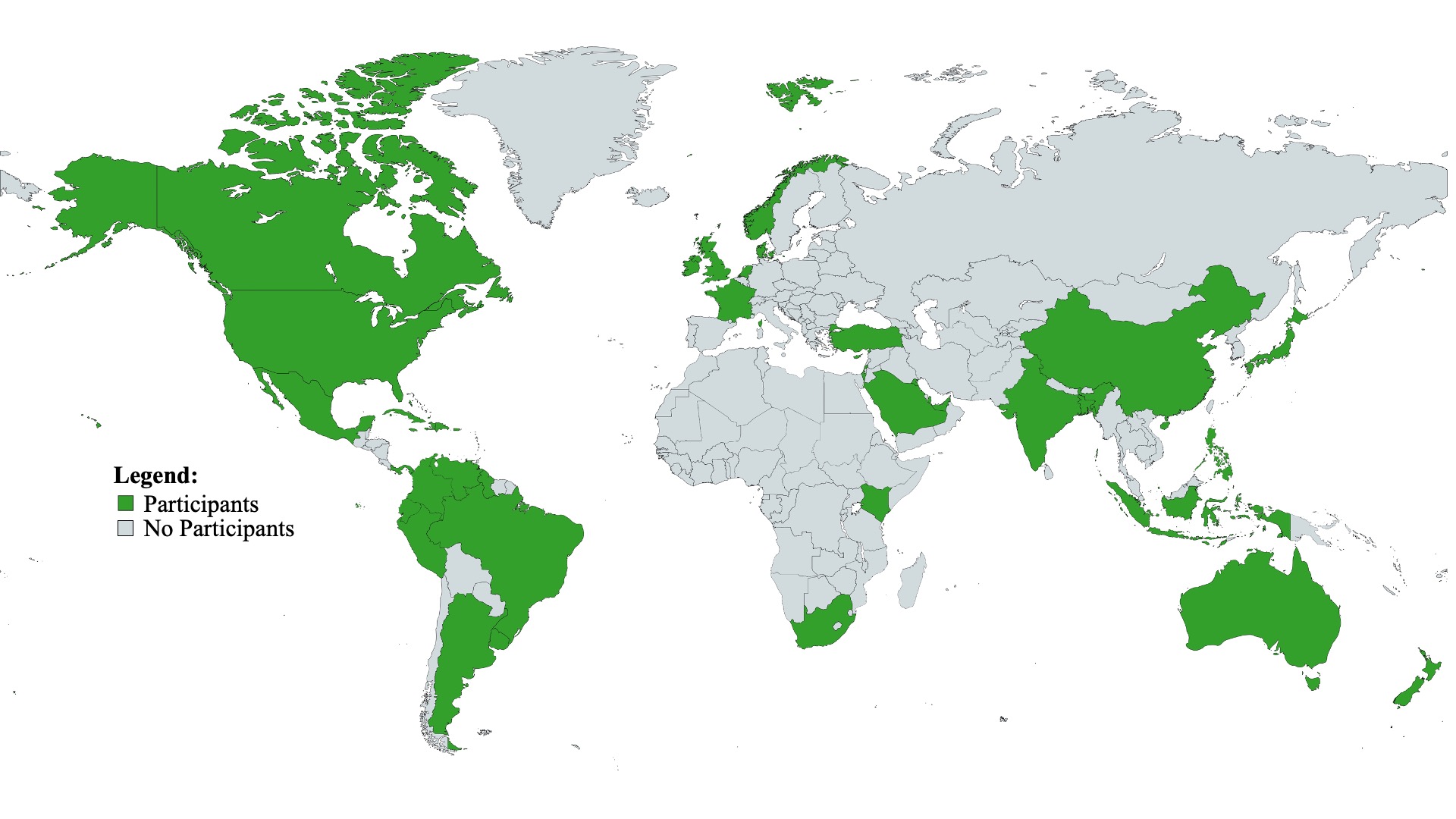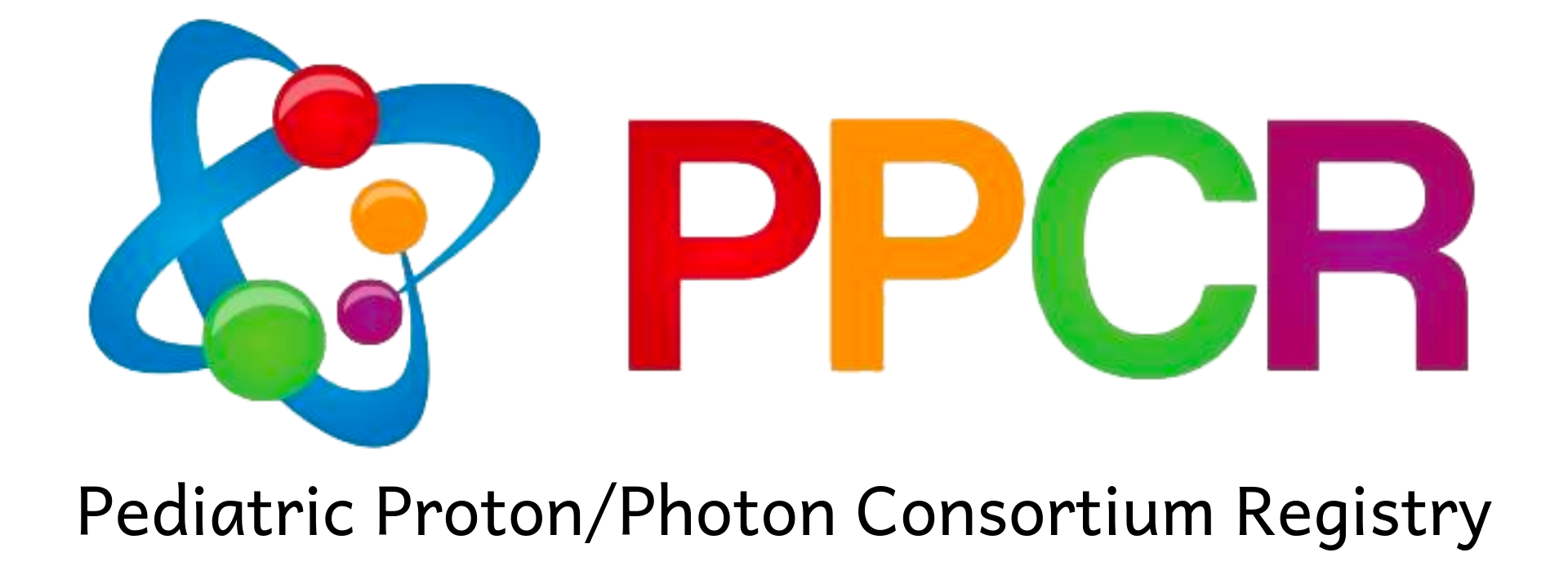Study Overview
Database Snapshot
Beginning in 2012, the PPCR has gathered information on over 4,800 participants who have been treated across our 25 participating sites. We capture comprehensive clinical details at baseline, during radiation therapy, and at yearly follow-up timepoints. Our study is not limited to a single diagnosis. The pie charts below display the different diagnoses of our participants, divided by tumors of the central nervous system (CNS) and tumors outside of the CNS (non-CNS). This information is up to date as of November 2023.


Patient Demographics
Some of our participants travel very far from home to receive proton therapy. Displayed on the maps are the states and countries where our participants live. This information is up to date as of November 2023.


Proton Therapy
What is proton therapy? How does it differ from other types of radiation therapy?
Many patients undergo radiation therapy as part of standard disease management. Radiation therapy kills cancer cells or slows their growth by damaging their DNA. There are two major types of external beam radiation: photon (or x-ray) based radiation and particle (proton) radiation. Proton therapy has unique physical characteristics and the potential to decease acute and late side effects associated with radiation. Protons target a patient’s tumor with sub-millimeter precision, sparing nearby healthy tissues. In contrast to photons, there is no exit dose to tissues beyond the tumor. The precision of proton therapy is especially useful in the delivery of radiation in children and in cases where a tumor is nearby or involved with critical organs. However, proton centers are expensive to build and operate, and therefore remain limited in availability.
What kind of cancer is treated with proton therapy?
Whether proton therapy is an appropriate treatment for a patient depends on many different factors, including the type of cancer, the location of the tumor, the tumor’s location in the body, and a patient’s age and medical history. Studies have shown that proton therapy can be effective in treating tumors of the brain, eye, head, neck, lung, breast, prostate, and gastrointestinal and genitourinary system, as well as cancers that cannot be completely removed by surgery. In addition to cancer, proton therapy has been effectively used to treat Parkinson’s disease, macular degeneration, arteriovenous malformations, severe rheumatologic conditions, and seizure disorders.
Donors
The PPCR received support in the past from several generous donors. We are actively seeking support from industry partners and stakeholders invested in accelerating pediatric cancer research. Gifts of any amount to the overall project or a specific site are appreciated and will allow incremental progress of this landmark registry.
The project was previously funded by the National Cancer Institute/Massachusetts General Hospital Federal Share of Proton Income research fund on C06 CA059267 until 2019.
